Salmon Fishing Guide: Alaska’s Premier Rivers
Alaska stands as the crown jewel of salmon fishing in North America, offering anglers an unparalleled opportunity to catch trophy-sized fish amid breathtaking wilderness. The state’s pristine rivers teem with all five Pacific salmon species—King, Sockeye, Silver, Pink, and Chum—creating a fishing paradise that draws enthusiasts from around the globe. Each year, millions of these magnificent fish return to their natal streams, navigating hundreds of miles through the ocean and into Alaska’s complex river systems.
For both novice and veteran anglers, understanding the best locations, timing, and techniques for Alaska salmon fishing can transform a good trip into an extraordinary adventure that creates lasting memories.
Understanding Alaska’s Salmon Species
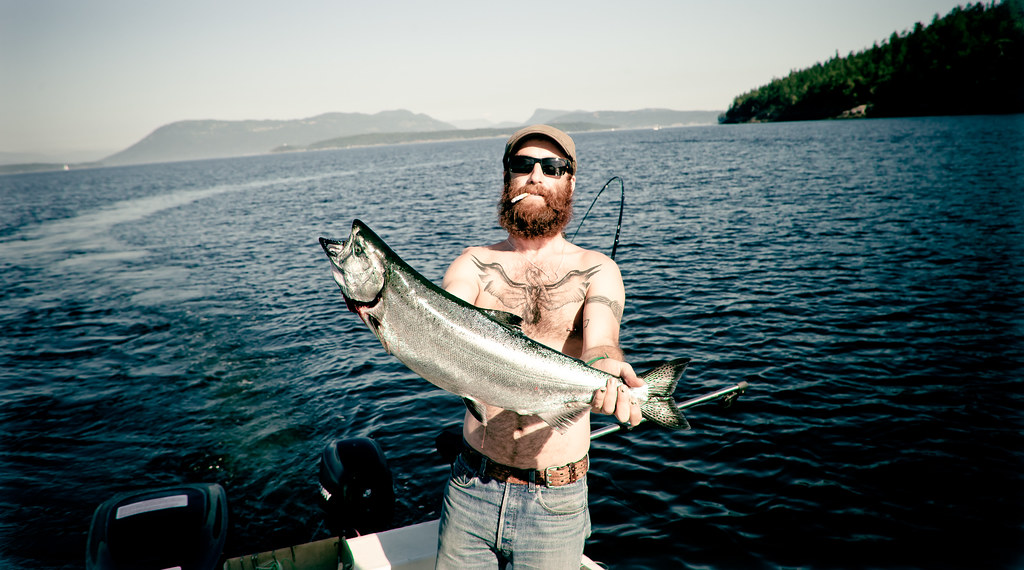
Alaska’s waters host all five Pacific salmon species, each with distinct characteristics that influence fishing strategies. Chinook (King) salmon, the largest of the species, can exceed 50 pounds and are prized for their fighting spirit and table quality. Sockeye (Red) salmon, known for their deep red flesh, typically weigh 5-8 pounds and run in massive numbers, sometimes exceeding millions in a single river system. Coho (Silver) salmon, weighing 8-12 pounds on average, are famous for their acrobatic fights and willingness to strike lures. Pink (Humpy) salmon are the smallest and most abundant, arriving in massive numbers during even-numbered years. Chum (Dog) salmon, often overlooked but reaching weights of 10-15 pounds, provide excellent sport and are known for their tiger-striped spawning colors.
The Legendary Kenai River
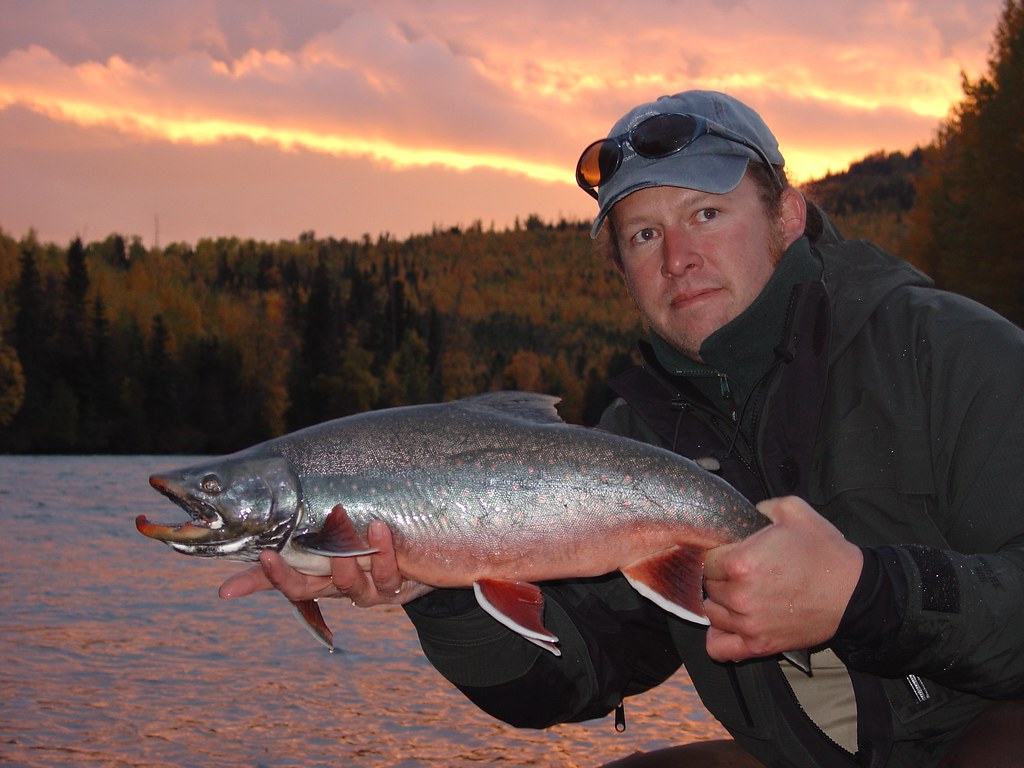
The Kenai River stands as Alaska’s most famous salmon fishery, particularly renowned for producing world-record King salmon, including the all-tackle record of 97 pounds, 4 ounces. This turquoise glacial river flows 82 miles from Kenai Lake to Cook Inlet, offering diverse fishing opportunities throughout its length. The lower Kenai hosts two distinct runs of King salmon, with the later July run famous for producing trophy-sized fish that can exceed 70 pounds. Sockeye salmon enter the Kenai in phenomenal numbers, with annual runs often exceeding one million fish, creating shoulder-to-shoulder fishing opportunities during peak season.
The river’s accessibility from Anchorage (about three hours by car) makes it popular yet potentially crowded, with guided trips recommended for newcomers navigating its powerful currents and complex regulations.
The Remote Naknek River System
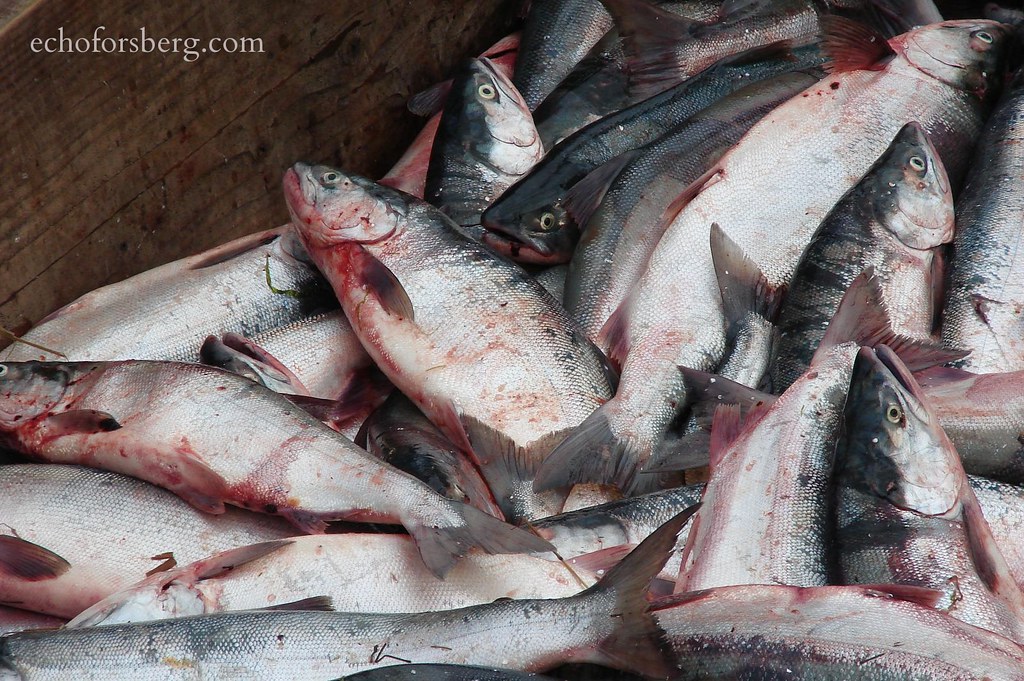
Bristol Bay’s Naknek River represents wilderness fishing at its finest, flowing from Naknek Lake into Bristol Bay and hosting all five salmon species in impressive numbers. The river’s King salmon run, while smaller than the Kenai’s, offers excellent opportunities for catching fish in the 20-40 pound range with less fishing pressure. The Naknek’s sockeye run is legendary, with millions of fish surging upstream in a biological spectacle that must be seen to be believed.
Located near King Salmon, Alaska, the Naknek requires air travel to access, typically from Anchorage, adding to the adventure and ensuring fewer crowds. The river’s clear waters allow for exciting sight fishing opportunities, particularly for sockeye salmon, where anglers can watch fish react to their presentations.
Kodiak Island’s Hidden Treasures

Kodiak Island offers diverse salmon fishing opportunities across numerous rivers flowing through spectacular landscapes dominated by the island’s famous brown bears. The Karluk River stands out for hosting all five salmon species, with its sockeye run historically among the most productive per mile of any river in Alaska. The Ayakulik River provides excellent King salmon fishing in a wilderness setting, with fish typically ranging from 20-40 pounds. The island’s remoteness ensures less fishing pressure than road-accessible locations, though floatplane service connects Kodiak City to many popular fishing destinations.
When fishing Kodiak’s rivers, anglers must maintain constant bear awareness, as the island hosts some of the largest brown bears in the world, drawn to the same salmon runs that attract fishermen.
The Copper River Delta
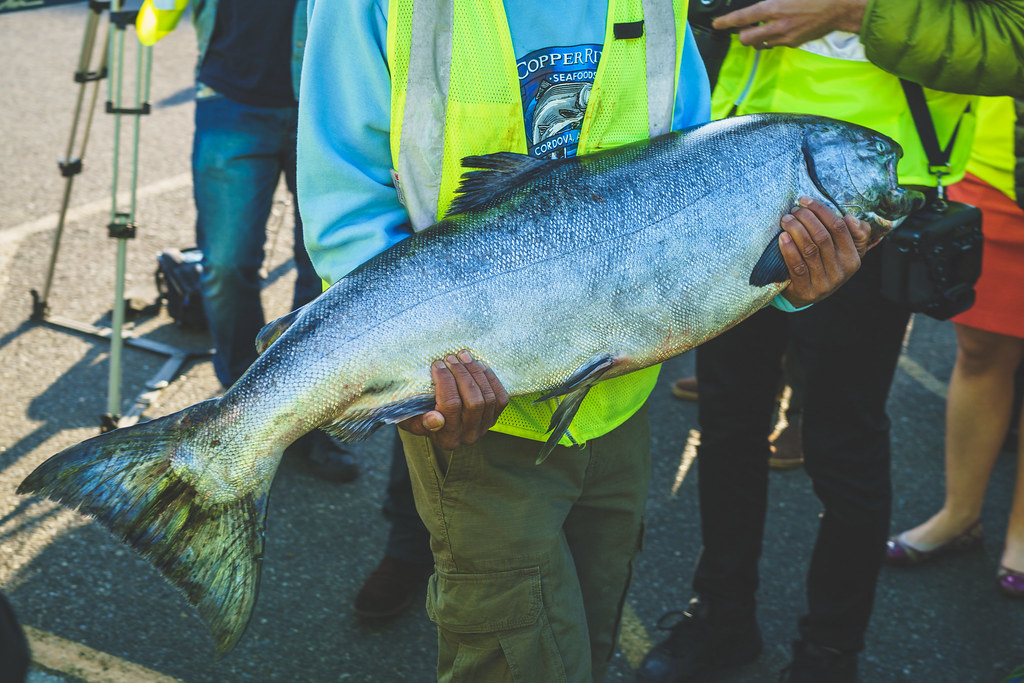
The Copper River Delta near Cordova offers anglers access to some of Alaska’s earliest salmon runs, with the area’s Kings and sockeye famous worldwide for their exceptional oil content and flavor. The main Copper River is a silty glacial system, but numerous clear tributaries and delta channels provide excellent fishing opportunities throughout the region. The Copper River’s Kings are typically caught in May and early June, weeks before other systems see significant numbers. The area’s remoteness—accessible only by boat or plane—keeps crowds minimal and preserves the wilderness experience. Guide services in Cordova specialize in navigating the complex delta waters, helping anglers locate productive fishing spots that might otherwise take years to discover.
The Mighty Nushagak River
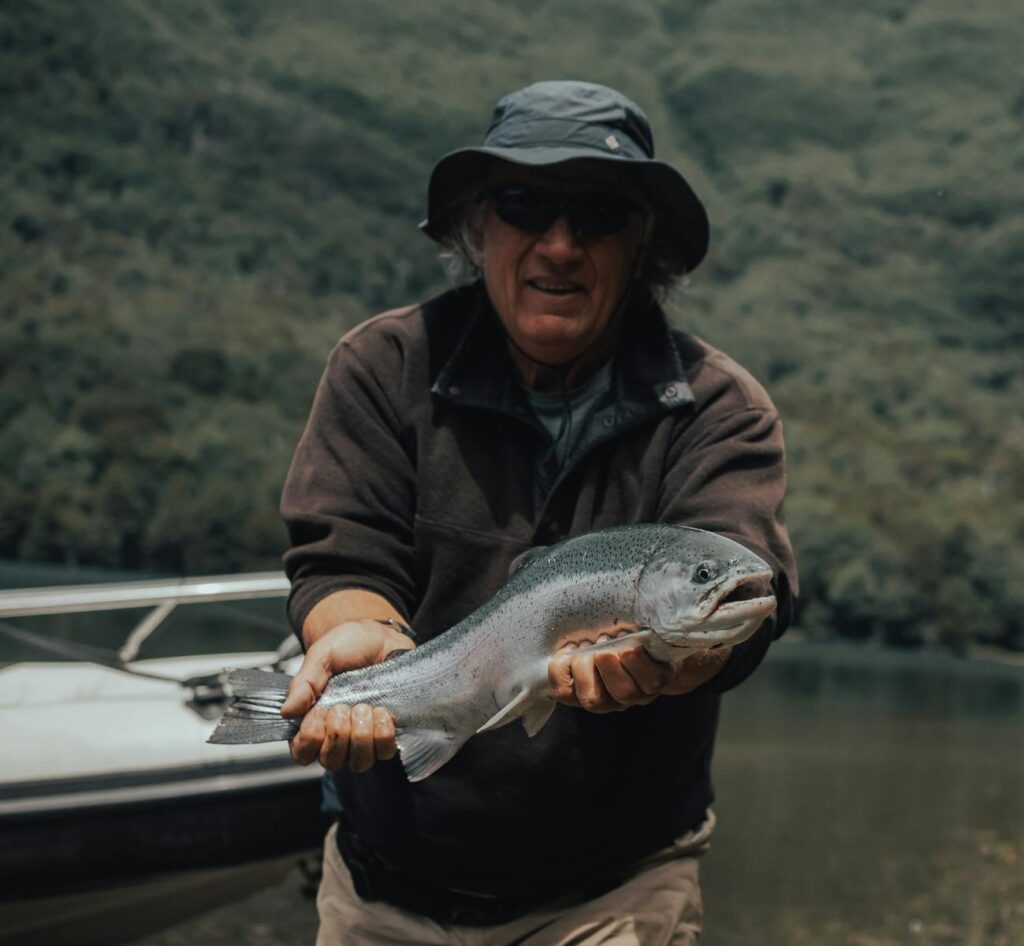
The Nushagak River in Bristol Bay has emerged as Alaska’s premier destination for anglers seeking high-volume King salmon action, with recent runs exceeding 200,000 fish. This massive river system offers consistent fishing for Kings averaging 20-30 pounds, with larger specimens exceeding 50 pounds not uncommon. The river’s clear tributaries, including the Mulchatna and King Salmon Rivers, provide additional fishing opportunities with spectacular scenery. Most anglers access the Nushagak via floatplane from Dillingham or King Salmon, staying at established lodges or float camps during their trip.
The Nushagak also hosts enormous runs of Silver salmon later in the season (August-September), providing anglers the opportunity to catch limits of these acrobatic fighters when Kings have concluded their spawning runs.
Seasonal Timing for Alaska Salmon

Understanding run timing is crucial for planning a successful Alaska salmon fishing trip, as each species follows distinct patterns. King salmon typically begin entering rivers in May, with runs peaking in June and early July in most systems. Sockeye salmon runs generally occur from mid-June through July, though timing varies by river system, with some early runs beginning in May and later runs extending into August. Silver salmon provide excellent late-season opportunities, typically arriving from late July through September and even into October in some southern systems.
Pink salmon arrive in massive numbers during even-numbered years, generally peaking in August. Chum salmon typically run from June through August, with timing varying by region and specific river system.
Essential Gear for Alaska Salmon Fishing
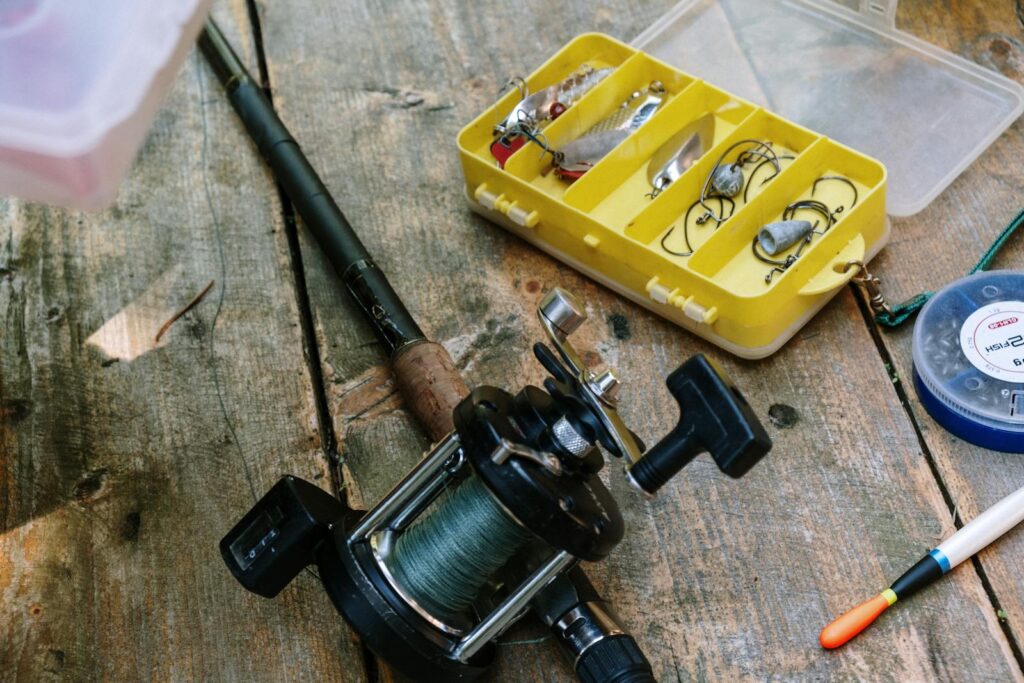
Properly equipping yourself for Alaska salmon fishing requires balancing effectiveness with practicality, especially when traveling to remote locations. For King salmon, medium-heavy to heavy rods in the 9-10 foot range paired with high-capacity reels and 20-30 pound test line form the backbone of most setups. Sockeye salmon require specialized gear including 9-10 foot rods with sensitive tips for detecting subtle takes and weight systems to present flies near the bottom where these fish typically travel. Chest waders are essential for most river fishing, with breathable models preferred during summer months and insulated versions necessary for early or late season trips.
Terminal tackle requirements vary dramatically by location and species, making research or guide consultation critical before stocking your tackle box.
Fly Fishing Techniques for Alaska Salmon
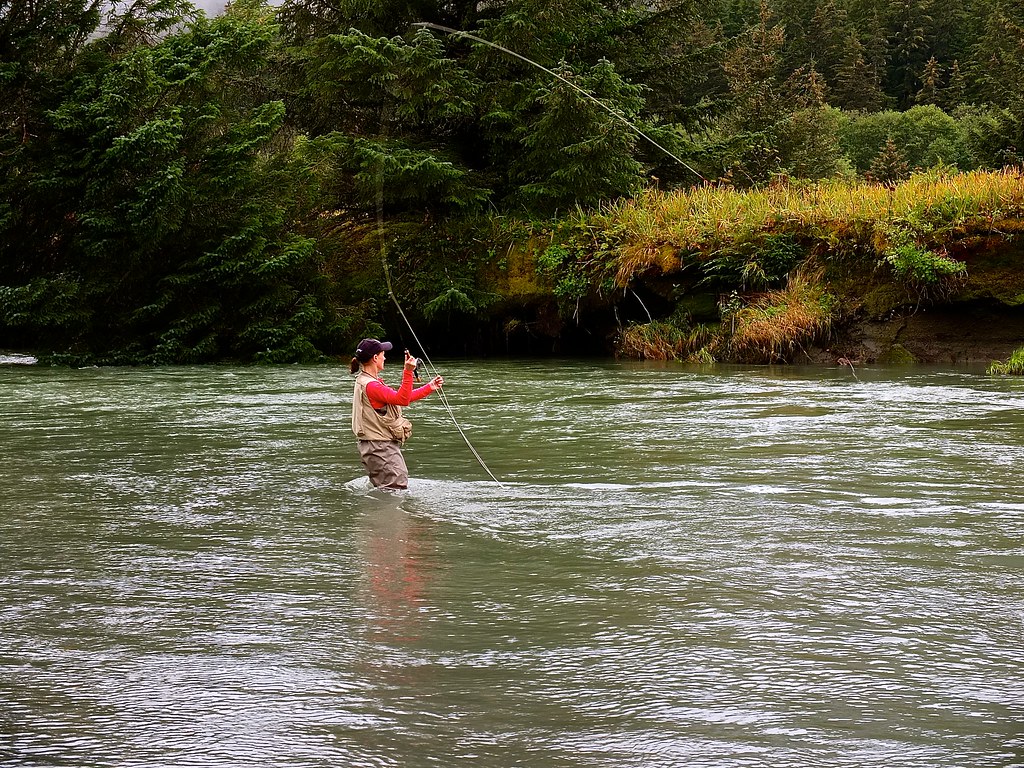
Fly fishing for Alaska salmon offers a challenging and rewarding approach to connecting with these magnificent fish. For King salmon, large weighted streamers in black, purple, or chartreuse swung through deep holding water can entice aggressive strikes. Sockeye salmon require a different approach, typically using small, brightly colored flies like the Russian River Coho Fly, presented on a dead drift near the bottom of the water column. Silver salmon respond enthusiastically to streamer patterns like the Dolly Llama or Flash Fly, often attacking with explosive strikes that make them the perfect fly rod quarry.
Specialized techniques like Spey casting have gained popularity for salmon fishing, allowing anglers to cover large water efficiently while maintaining safe distances from other fishermen on crowded rivers.
Conservation and Fishing Regulations
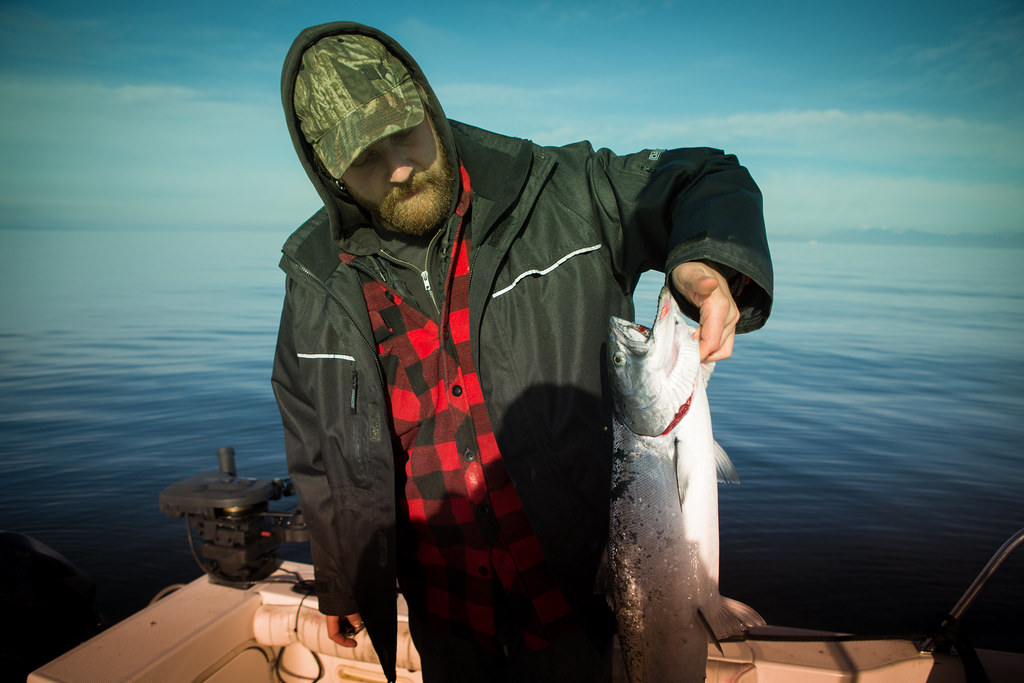
Alaska’s salmon fisheries represent some of the world’s best examples of sustainable management, with regulations designed to ensure healthy populations for future generations. Catch limits vary dramatically by river system and change frequently based on in-season assessments of run strength, requiring anglers to check current regulations before fishing. Many rivers implement special gear restrictions, such as fly-fishing-only sections or single-hook artificial lure requirements, designed to reduce fish mortality. The Alaska Department of Fish and Game sometimes implements emergency closures or restrictions when runs fall below escapement goals, underscoring the importance of checking regulations immediately before your trip.
Conservation-minded catch-and-release practices for wild salmon have grown increasingly important, with proper handling techniques including keeping fish in the water whenever possible and using barbless hooks to minimize handling time.
Planning Your Alaska Salmon Fishing Trip
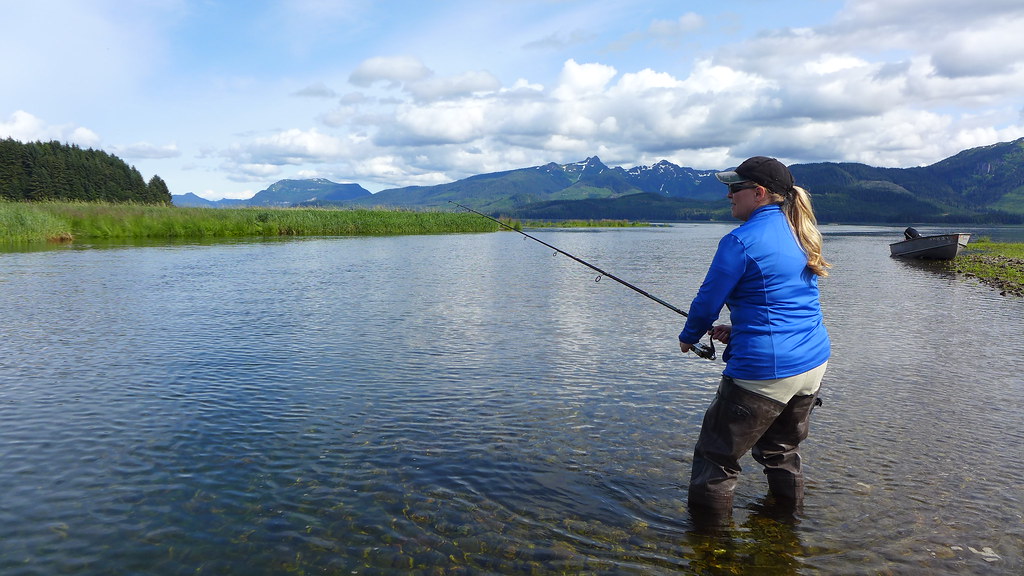
Successfully planning an Alaska salmon fishing adventure requires careful consideration of multiple factors, ideally beginning 12-18 months in advance for prime dates at established lodges. Guided trips, while more expensive, dramatically increase success rates through local knowledge of productive locations and techniques that would take years to develop independently. Self-guided trips require significantly more planning, including arranging transportation, securing permits, and bringing appropriate gear and safety equipment.
Costs vary dramatically based on remoteness and amenities, from several hundred dollars for day trips to $10,000+ for week-long packages at exclusive fly-in lodges. Weather considerations should factor heavily into planning, as Alaska conditions can change rapidly, with layered clothing systems and quality rain gear essential even during summer months.
The Cultural Significance of Salmon
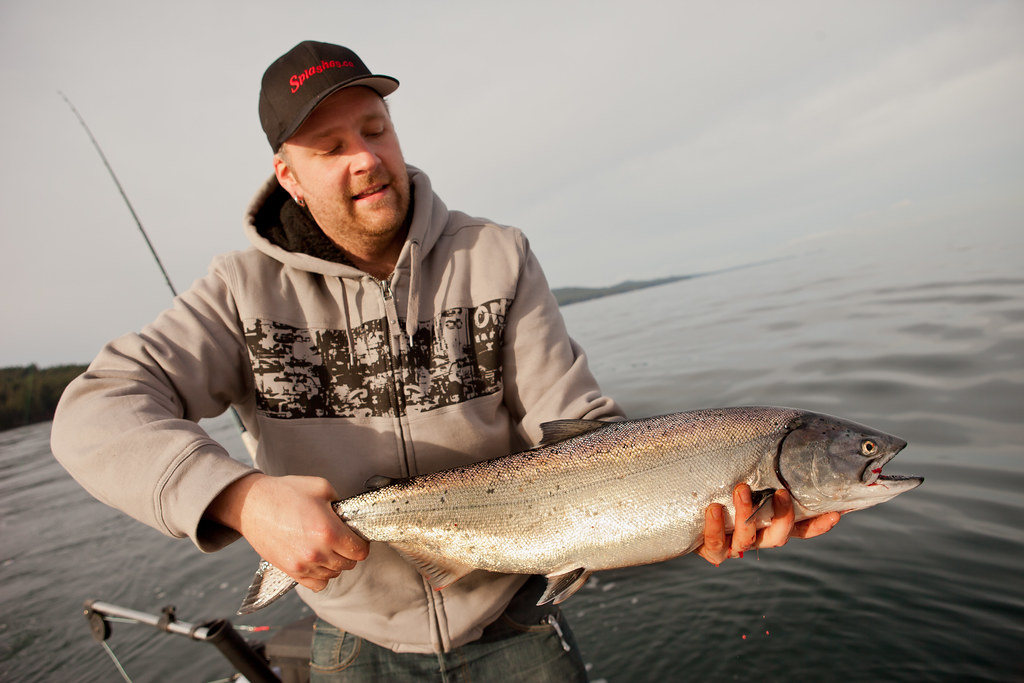
Salmon represent far more than sporting opportunities in Alaska, holding profound cultural significance for indigenous peoples who have relied on these fish for thousands of years. Traditional harvest methods, including fish wheels, dip nets, and traps, continue under subsistence fishing regulations that recognize the critical importance of salmon to Alaska Native communities. Throughout Alaska, salmon festivals celebrate the annual return of these fish, combining traditional practices with modern celebrations that welcome visitors to experience this aspect of Alaska culture.
Conservation organizations like Trout Unlimited and the Wild Salmon Center work to protect salmon habitat and sustainable management practices, recognizing that these fish connect ecosystems from mountains to ocean. Understanding this cultural context enriches the fishing experience, helping visitors appreciate the deeper significance of salmon beyond sport.
Preparing and Enjoying Your Catch

The culinary reward of Alaska salmon fishing comes in transforming your catch into exceptional meals, with proper handling being critical to preserving quality. Immediately bleeding and cleaning salmon significantly improves flavor, especially for species like Kings and Sockeyes known for their rich oil content. Vacuum sealing and flash freezing technologies have revolutionized fish preservation, allowing anglers to transport their catch home in pristine condition. Processing options range from doing it yourself to professional services that can custom process your catch into fillets, steaks, or specialty products like smoked salmon or jerky.
Beyond traditional preparations, Alaska salmon shines in diverse recipes from simple grilled fillets enhanced with nothing more than salt, pepper, and lemon to more elaborate preparations like cedar-plank salmon with maple glaze or traditional Native American preparations like salmon cooked on alder wood stakes.
Conclusion
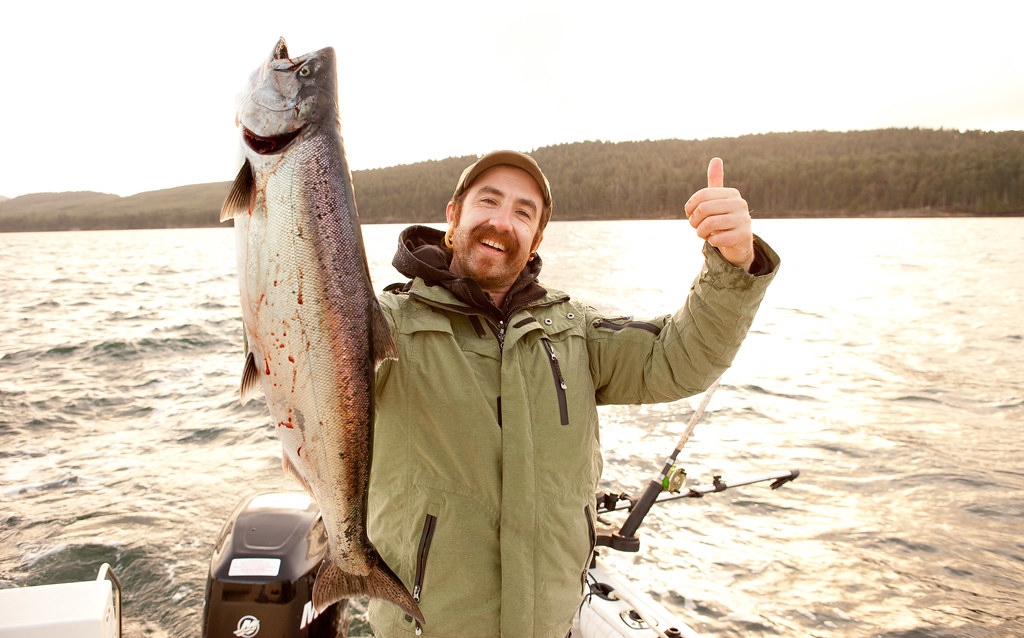
Alaska’s salmon rivers offer some of the last great wild fishing experiences available anywhere in the world. From the accessible waters of the Kenai to the remote wilderness of Bristol Bay, these rivers provide opportunities to connect with nature through the pursuit of one of the planet’s most remarkable fish species. Whether you’re casting a fly into a crystalline tributary or watching your rod tip for the telltale thump of a King salmon taking your bait, Alaska salmon fishing creates memories and stories that last a lifetime.
As stewards of these incredible resources, responsible anglers combine their passion for fishing with a commitment to conservation, ensuring these magnificent fish continue their ancient migrations for generations to come.
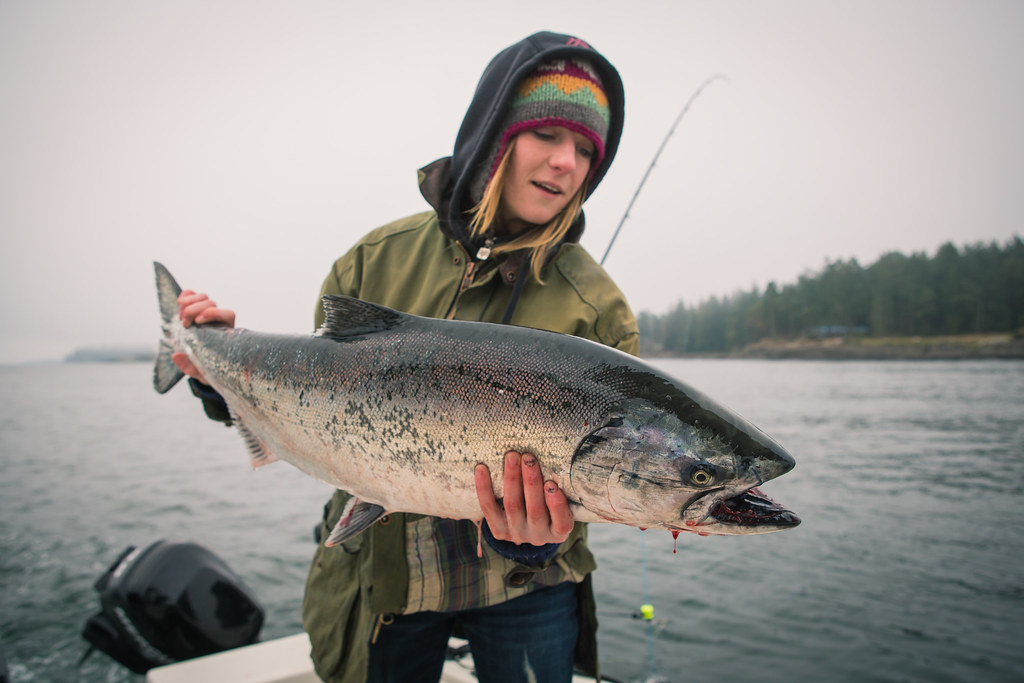

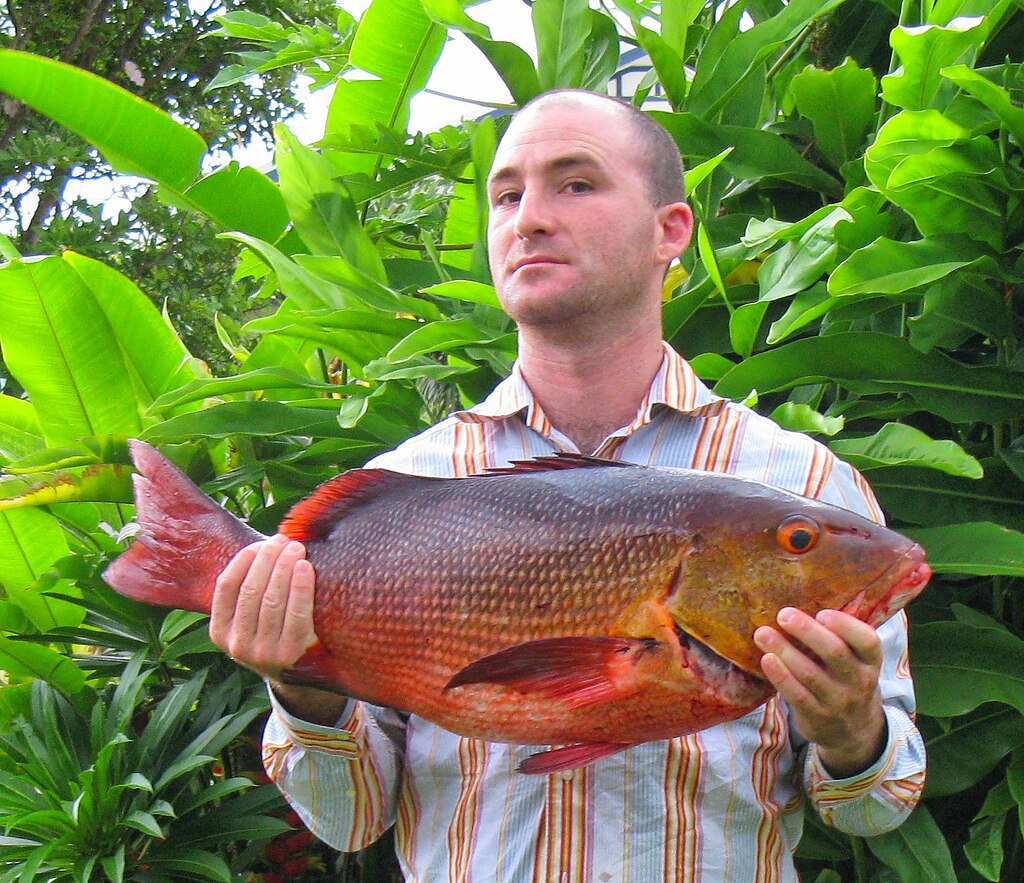











Post Comment